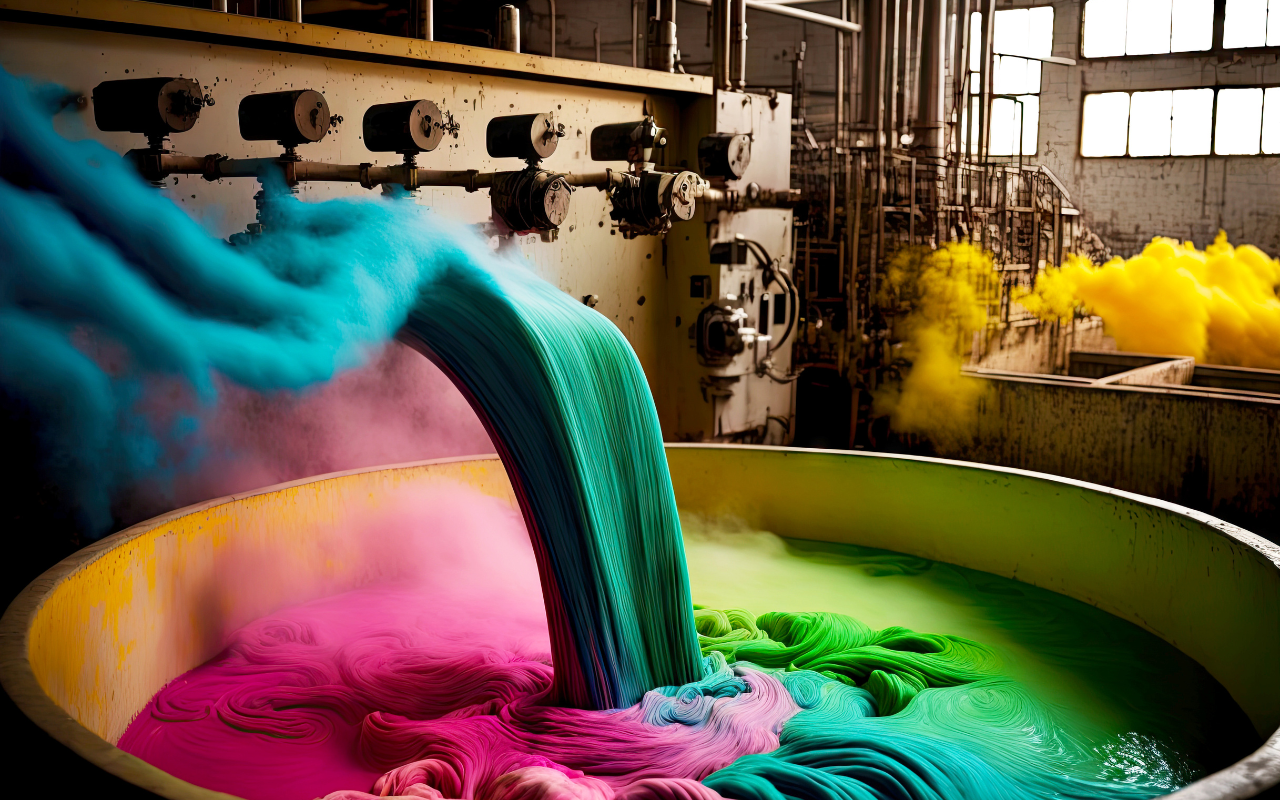What Are The Cutting Edge Trends in Reactive Dyes By Top Industrial Experts?
Reactive dyes have revolutionized the textile industry with their vibrant colors, durability, and eco-friendly properties. Top industrial experts are continually pushing the boundaries of innovation in reactive dye technology, leading to cutting-edge trends that redefine dyeing processes and product outcomes.
Introduction to Reactive Dyes
Reactive dyes are a type of dye that chemically reacts with the fabric, creating a strong bond that results in excellent color retention and resistance to fading. They play a crucial role in the textile industry, providing a wide range of colors and properties that meet consumer demands for quality and sustainability.
Evolution of Reactive Dyes
The development of reactive dyes dates back to the mid-19th century, with significant advancements in the 20th century leading to more efficient and versatile dyeing processes. Technological breakthroughs, such as the introduction of cold water reactive dyes and reactive printing techniques, have further expanded the application possibilities of reactive dyes.
Benefits of Using Reactive Dyes
The use of reactive dyes offers several advantages, including:
- Enhanced color fastness: Reactive dyes provide vibrant and long-lasting colors, even after multiple washes.
- Environmental sustainability: Many reactive dyes are eco-friendly, with reduced water consumption and minimal waste generation during the dyeing process.
- Cost-effectiveness: Efficient dye fixation and reduced dye consumption contribute to cost savings for manufacturers.
Innovations in Reactive Dyes
Industrial experts are continuously innovating in the field of reactive dyes:
- Nanotechnology integration: Nanoscale dye particles enhance dye penetration and color intensity, leading to superior dyeing results.
- Digital printing applications: Reactive dyes are compatible with digital printing technologies, allowing for intricate designs and customizations.
- Improved dyeing processes: Advanced machinery and automation improve dye application accuracy and efficiency.
Applications and Industries
Reactive dyes find applications in various industries:
- Textile sector applications: From fashion apparel to home textiles, reactive dyes are widely used for their color vibrancy and durability.
- Automotive industry: Reactive dyes are used in automotive upholstery and interior fabrics, providing resistance to wear and fading.
- Healthcare textiles: Antimicrobial reactive dyes are used in healthcare textiles for infection control and durability.
Challenges and Solutions
Despite their benefits, reactive dyes face challenges:
- Environmental concerns: Efforts are underway to develop eco-friendly reactive dyes with reduced environmental impact.
- Regulations and compliance: Adherence to global standards and regulations ensures safe and sustainable use of reactive dyes.
- Research and development efforts: Ongoing research aims to address challenges and improve the performance of reactive dyes.
Future Trends in Reactive Dyes
The future of reactive dyes is marked by innovative trends:
- Smart dyeing technologies: Integration with IoT and data analytics enables real-time monitoring and optimization of dyeing processes.
- Sustainable practices: From biodegradable dyes to waterless dyeing techniques, sustainability is a key focus for future reactive dye innovations.
- Customization and personalization trends: Reactive dyes allow for on-demand printing and customization, catering to consumer preferences for unique products.
Conclusion
In conclusion, reactive dyes continue to evolve and drive innovation in the textile industry. With their enhanced properties, eco-friendly nature, and application versatility, they remain a top choice for manufacturers and consumers alike. As industrial experts explore new technologies and sustainable practices, the future of reactive dyes looks promising, offering exciting possibilities for the fashion, automotive, and healthcare sectors.



Comments
Post a Comment